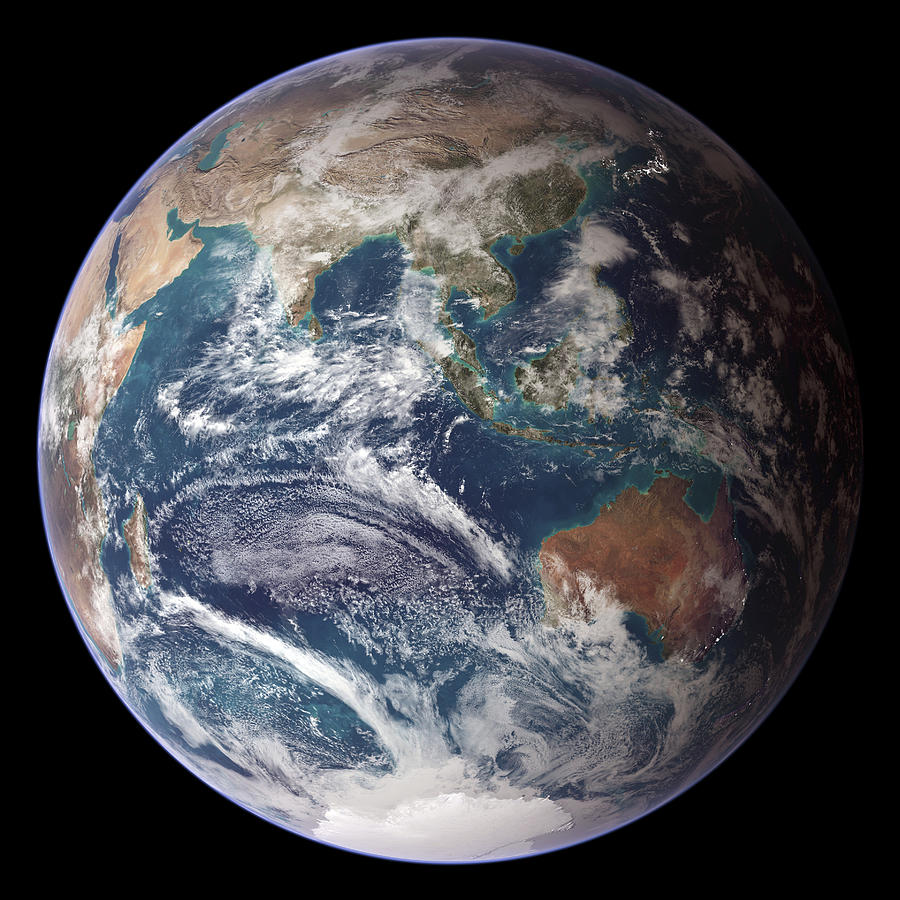

That's because the satellite was able to see the swath of snow at night, with just the faint illumination of moonlight to reveal its presence - from 22,000 miles (35,000 km) away.

It shows a swath of snowfall left by the storm across the midwestern United States.Īlthough the black and white rendering may not be as immediately captivating as a colorful, art-like, remote-sensing image, for me it's just as dazzling. The after-effects of another winter storm are seen in this NOAA-20 satellite image. I sorted through multiple sources of remote sensing imagery to select these 10 particularly compelling images from the year now gone by. With that in mind, I invite you to check out the images below - some of my favorites from 2022. As with the Earthrise photo, they can help remind us that unless we exercise care, we can seriously disrupt the life support systems of our home planet. And not just because the images can be stunningly beautiful. Yet technological innovation continues to make remote sensing imagery compelling, perhaps more so now than ever before. Today, seeing Earth from space is no longer novel.
#Nasa earth observatory skin
That little atmospheric thing you and I enjoy is nothing more than the skin on an apple." It helped kick start the environmental movement. And as Anders himself put it: "The view points out the beauty of Earth, and its fragility. That's because it was one of the first images to show us what our planet looked like from very far away in space. Nature photographer Galen Rowell described this image as "the most influential environmental photograph ever taken," and it has even been credited as "one of the most important photographs taken by anyone ever." It's a scan of the original Ektachrome transparency - film sprockets and all - in the orientation Anders used when he shot it. If it looks different than other versions you may have seen, it's because the photo is usually presented on its side, making the Moon's horizon horizontal. The famous photo was taken in 1968 by astronaut William Anders as he and his two crewmates orbited the Moon during the Apollo 8 mission. But I thought I should start with it - for context. Of course, this isn't one of 2022's images of Earth from space that I'm showcasing below.


 0 kommentar(er)
0 kommentar(er)
